Many people believe that “water is water.’ It is wet, clear, tasteless and odorless. At least that is what we expect water to be, but that may not be an accurate description of the water in your home. Water quality and water problems vary from region to region and even house to house. How the water is to be used in the home often dictates the water quality that is expected, accepted, or needed.
Water can be put into three usage categories: raw water, drinking water and working water.
- Raw water is used for utility work such as watering the lawn or hosing off the driveway. No special water quality is usually needed to do the job.
- Drinking water is water that you consume, either by drinking or when cooking or baking.
- Working water is used throughout your home when doing laundry, washing dishes, cleaning, or bathing. Many people have different quality standards for their water, depending on how it will be used, but most people want the water they drink and use in their home to be high quality.
WHAT IS RAW WATER?
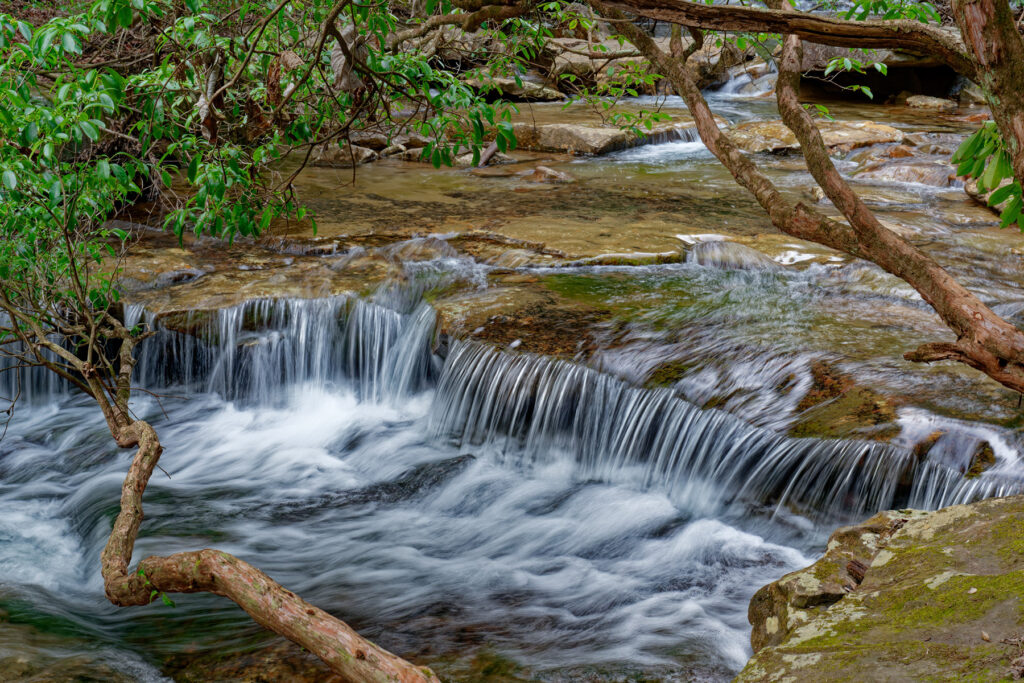
Raw water includes rainwater, ground water, water from infiltration wells, and water from bodies like lakes and rivers. Raw water is untreated water that comes from the environment, such as lakes, rivers, groundwater, rainwater, and well water. It has not been filtered or had any minerals, ions, particles, bacteria, or parasites removed. Raw water is not meant for human consumption. Why? Water treatment removes bacteria, parasites, pesticides, and other contaminants, and drinking untreated water come with serious risks.
With that being said, there are some raw water sources that might be safe to drink, even encouraged to drink because of its health benefits. Please discuss with your physician and local water company before drinking. Raw water, which a few groups additionally allude to as live or natural water, is basically water assembled directly from its source, which is, for the most part, a water spring. As characterized by the Environmental Protection Agency, spring water is a sort of water that streams from an underground spring and is separated through rocks prior to arising at the surface. Spring water might be gotten straightforwardly from the launch of a spring, or through a well. It could be sanitized, treated, or left in its unique state preceding drinking.
As a rule, spring water normally goes through and gets sifted by limestone rocks, which are very delicate compared with different sorts of rocks. The spring water assimilates different minerals as it goes through these delicate rocks. Raw water is supposed to be normally antacid and has the perfect sums and extents of fundamental, well being improving components like calcium, magnesium, potassium, and sodium. Raw water is said to have an extraordinarily smooth feel and is portrayed by its somewhat sweet flavor profile.
But drinker beware: Springs, being a vast water source, are vulnerable to a variety of sickness-causing microorganisms including e. coli, legionella, and coliforms, which are the essential offenders for intestinal diseases like looseness of the bowels, cholera, and the runs.
WHAT IS DRINKING WATER?
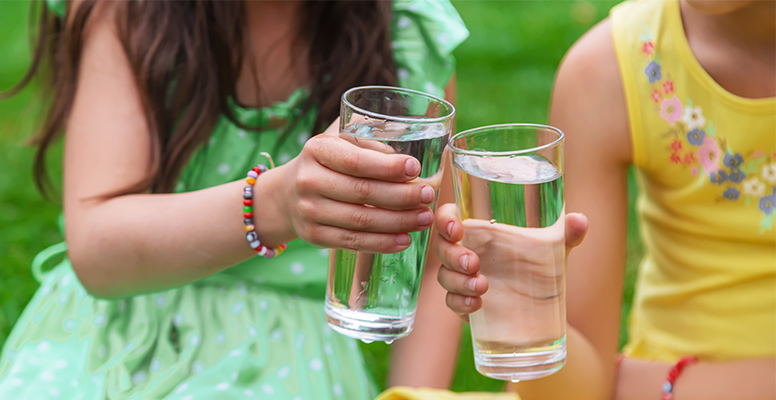
As the term implies, drinking water is consumed as a beverage or as food. Although water used for drinking makes up less than one percent of all the water used in the home, its quality is probably most important to you. That is why many will do all they can to ensure they are consuming clean and safe water that is free from viruses, lead and other contaminants. Some contaminants, like algae, bacteria, and iron, occur naturally in water. Others are a result of farming, industry, pollutants, even the use of lead pipes. And although chlorine or chloramine are often added to disinfect water, many find the taste and smell objectionable.
There are a variety of water treatment methods that produce different qualities of water. To determine the appropriate water treatment system for you, it is best to know what’s in your water and how it will be used. Water containing contaminants may have an off taste, color or smell, but the water can also appear clear and ‘normal’ with no signs of anything out of the ordinary. Even without any telltale signs, water containing contaminants can pose serious health risks depending on the contaminant and its concentration in your water.
Get a Free Water Analysis by a KarSare Water Expert

To be confident that you have safe and clean drinking water, it is important to have your water tested by a water expert who can tell you exactly what is in your water. If a water test determines you have contaminants in your water, or if you simply want to be sure you and your family are drinking the best water possible, contact your KarSare Water Systems water professional. They can recommend a system that is right for you and your budget.
The Kinetico K5 Drinking Water Station is certified to significantly reduce more contaminants than comparable systems. Using reverse osmosis technology, the K5 is an efficient and effective way to improve the quality of drinking water. The Kinetico K5 is customizable, allowing you to add filters based on your wants and needs. Plus, dispensing the high-quality water through a dedicated faucet at your sink reserves the water for drinking and cooking purposes. You will not waste it on cleaning tasks that do not require water of drinking water quality.
WHAT IS WORKING WATER?
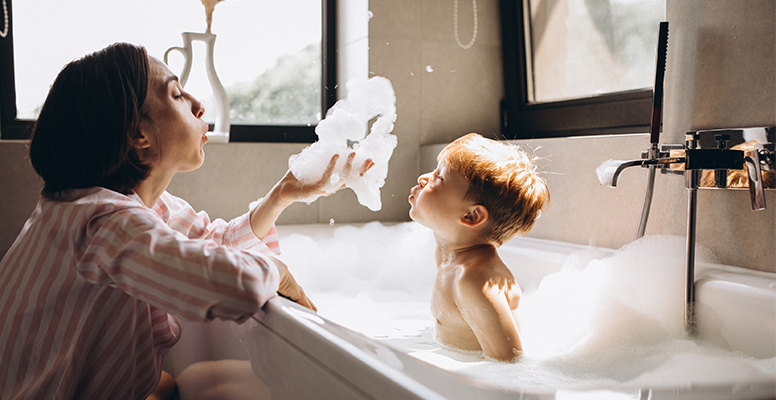
Unlike drinking water, working water is not consumed, but that does not mean you should ignore its quality. We can put working water into two categories: hard/problem water and soft water. Hard/problem water is water that has elevated levels of the hardness minerals calcium and magnesium or a troublesome contaminant like iron. If using hard water for cleaning tasks, you may notice various issues around your home. You may see a white scale buildup around fixtures and in the shower or you could see a bathtub ring. Your water-using appliances may not be doing a good job or you have to replace them frequently. Glassware may be cloudy and flatware full of spots. Clothing may be stained or not look clean. You may even experience dry and brittle hair and skin. Or you may simply notice you need to use a lot of soap or detergents to work up some suds. Other contaminants could affect the smell of your water, making showering or bathing unpleasant. And still other issues could cause staining around your home where water is used, like in toilets and water-using appliances. These are problems you can see, but who knows what is happening in your water pipes and water heater?
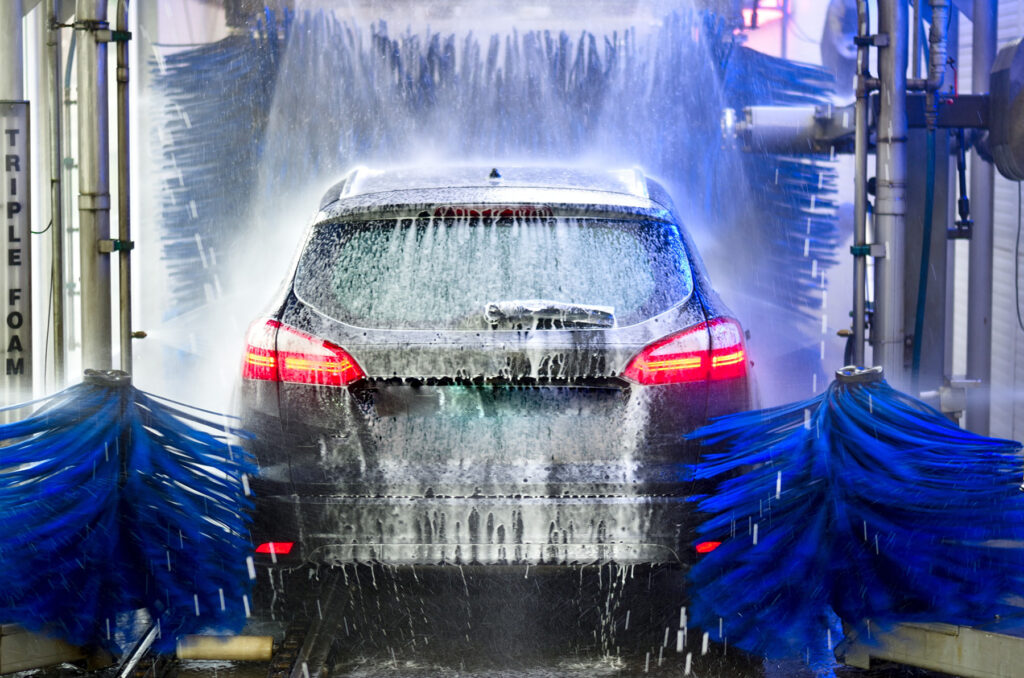
If you think your water is soft simply because it is supplied by the city, think again. Eighty-five percent of homes in the US have hard water. Municipalities are not required to provide you with soft, contaminant-free water. They are required to provide water that adheres to maximum contaminant levels. But are those levels good enough for you? And the water may meet all criteria at the water treatment plant, but what happens as it travels through an aging distribution system? As for well water, you are responsible for the water’s testing and quality. When was the last time you had your water tested?
To ensure your working water is working hard around your home without causing new problems, have your water tested and see what, if anything, needs to be done to improve it. Transforming hard water into soft water or taking care of troublesome contaminants in your water will make cleaning easier, simplify your life, save you money and improve the performance of your water-using appliances.
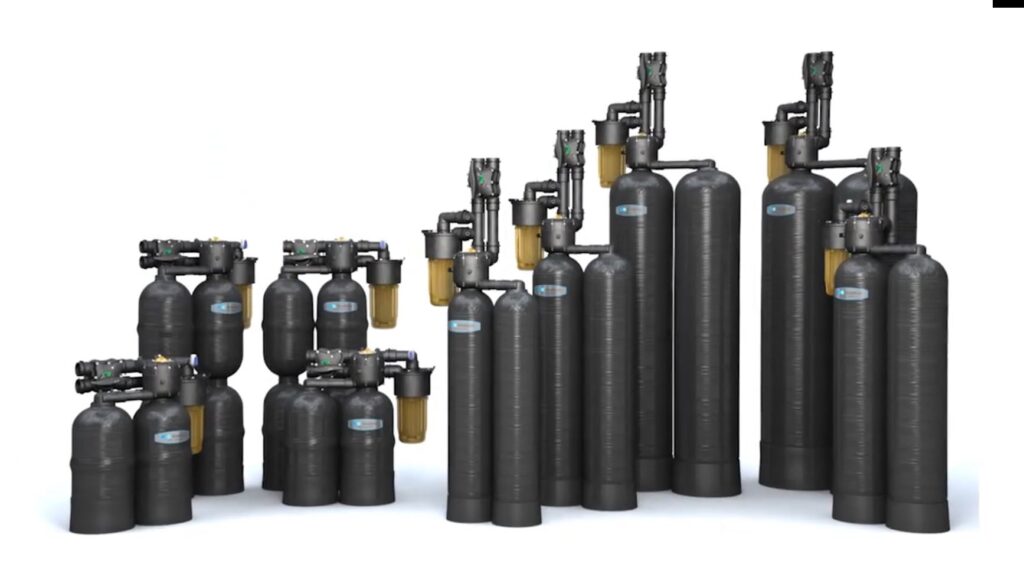
Check out Kinetico’s Premier and Premier XP Series, Signature Series, Essential Series and Powerline PRO Series Water Softeners and Filters. Kinetico also offers specialty filters like dechlorinators, neutralizers, chloramine and sulfur reduction systems and more. When you improve your working water, you’ll see and feel the difference yourself and around your home.
Take Control of the Water you Consume and Use Throughout your Home or Business
- Learn More about our Kinetico’s Water Softeners.
- Learn More about Kinetico’s Water Filters
- Learn More about Kinetico’s Drinking Water Systems
- Get a FREE Water Analysis with KarSare Water Systems







